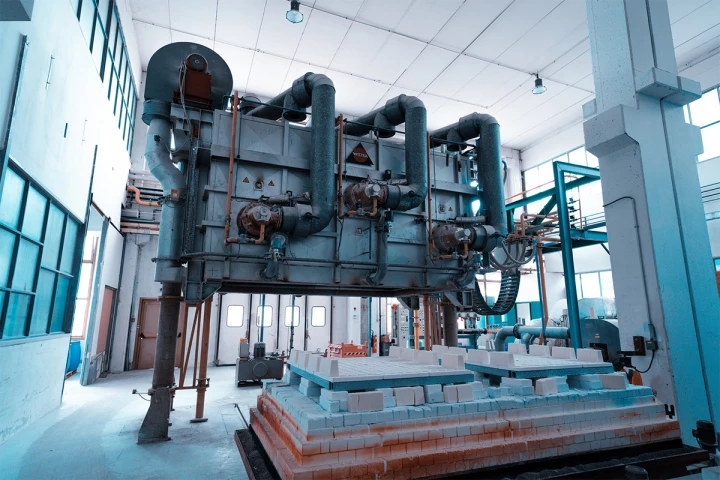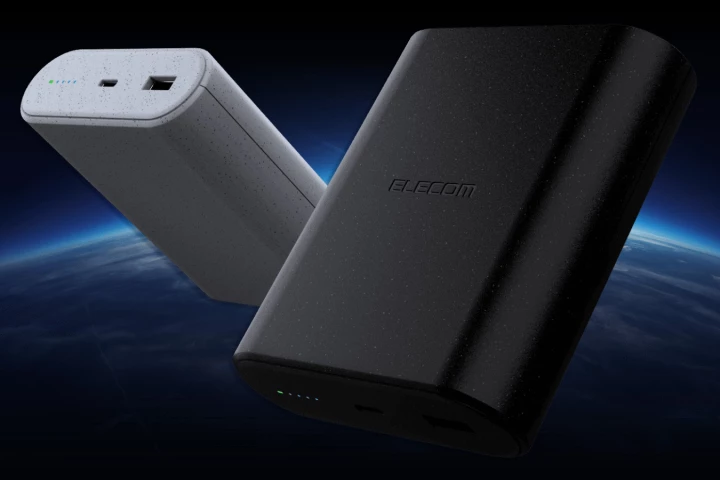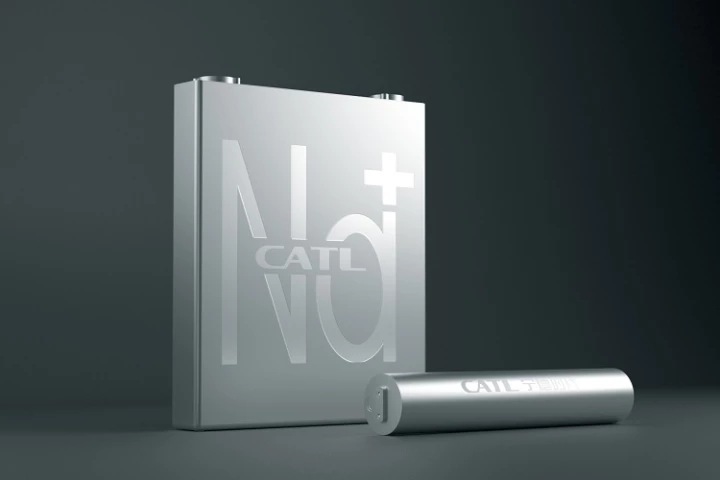Sodium battery
-
California-based startup Inlyte wants to offer a scalable alternative to lithium-ion storage batteries with its sodium-iron tech, and it will soon manufacture cells in the US to showcase its benefits.
-
Elecom has launched the world's first power bank to feature a sodium-ion battery inside. It promises significantly longer cycle life than traditional lithium-ion batteries, as well as the ability to operate in extremely hot and cold climes.
-
CATL has announced a new style of battery destined to create a cleaner, longer-range generation of plug-in hybrids. The Freevoy Super Hybrid Battery will give PHEVs the all-electric range and ultra-fast charging of a battery electric vehicle.
-
Swedish sodium-ion developer Altris has identified a means of making the lithium-free batteries even more sustainable. Together with partner Stora Enso, it's adapting tree pulp-sourced carbon toward use as an anode material.
-
Natron Energy fell a little behind schedule on production plans for its sodium batteries but officially commenced production of the rapid-charging, long-life lithium-free batteries this week, bringing to market an intriguing new storage alternative.
-
An international team of scientists eyeing next-generation energy storage solutions have demonstrated an eco-friendly and low-cost battery with some exciting potential, which includes a fourfold increase on energy capacity over lithium-ion batteries.
-
Batteries that make use of sodium as an electrode material are showing exciting promise by some key measures when it comes to next-generation energy storage solutions, and new research has now edged them closer to mainstream use.
-
An exciting candidate when it comes to alternative battery chemistries is sodium-ion, and a research team in Russia has developed a novel battery of this ilk that boasts some impressive energy density, and may also be resistant to low temperatures.
-
Natron's sodium-ion batteries have an enormous cycle life, practical power density, excellent safety and super-fast charging, without using any lithium. Through a partnership with Clarios, they'll go into mass manufacture in Michigan next year.
-
Needle-like growths called dendrites form on the electrode to hamper the performance of many promising experimental batteries, but a team at the University of Texas at Austin are putting forward a solution for a particularly eco-friendly one.
-
Graphene is already shaping the future of battery technology in some interesting ways, and now scientists have deployed a novel form of the wonder material in a sustainable sodium battery to bring about a tenfold increase in capacity.
-
Leveraging salt could help us avoid much of the cost and difficulty in sourcing scarcer lithium, and Chinese giant CATL is looking to lead the charge by launching its first commercial sodium-ion battery.
Load More











